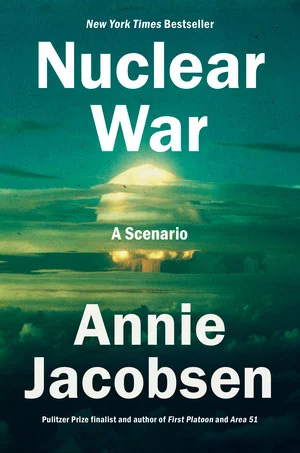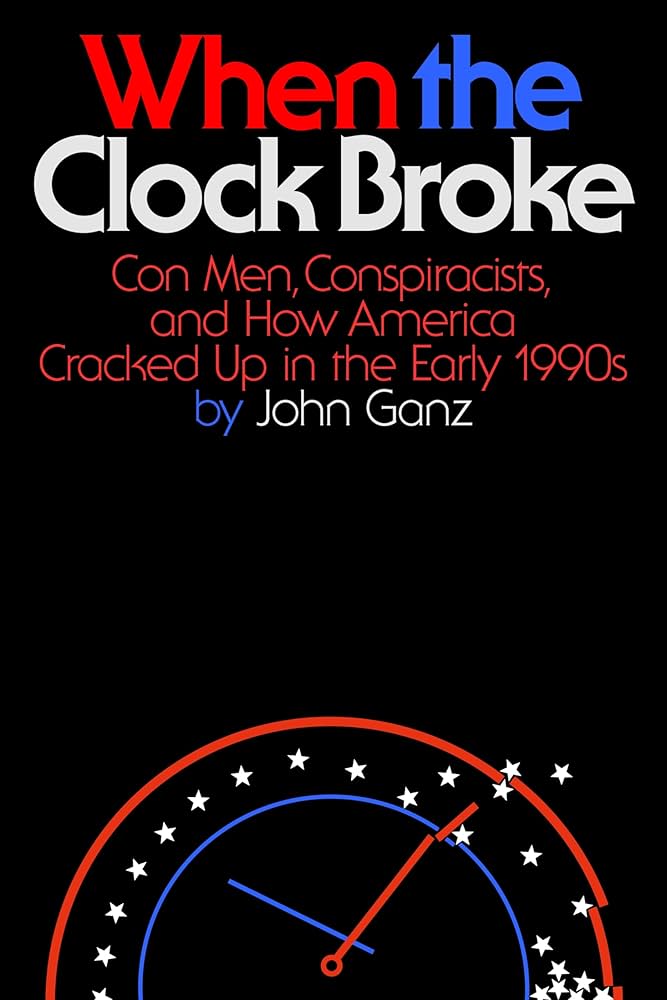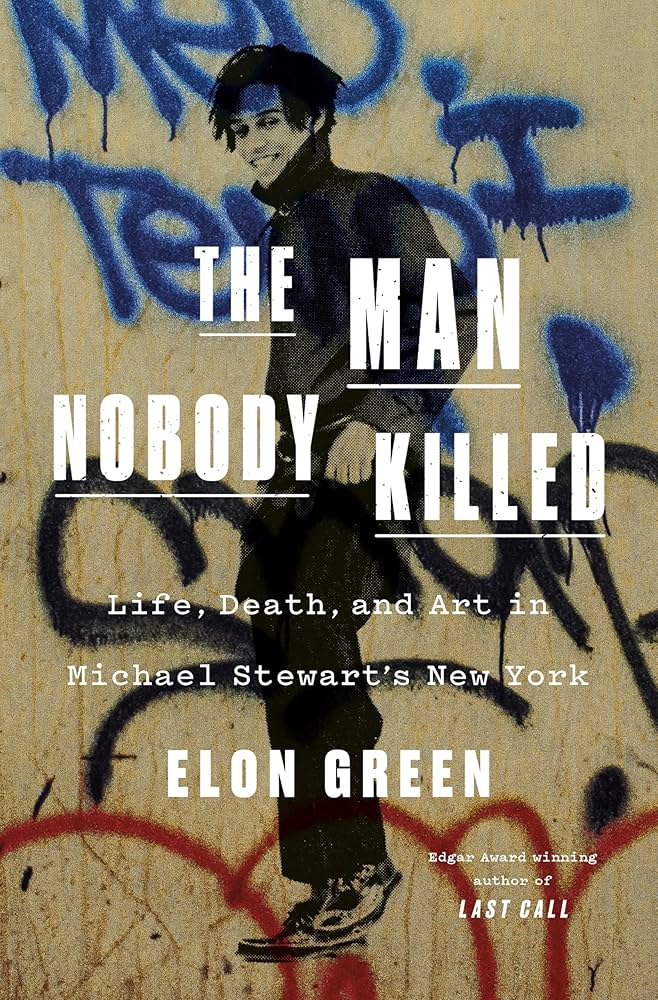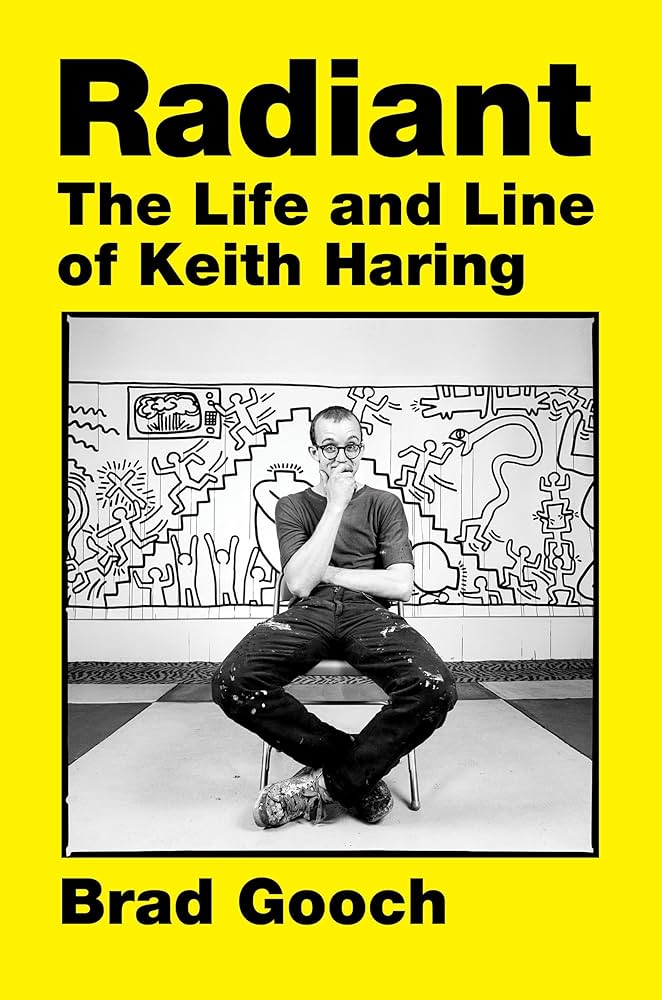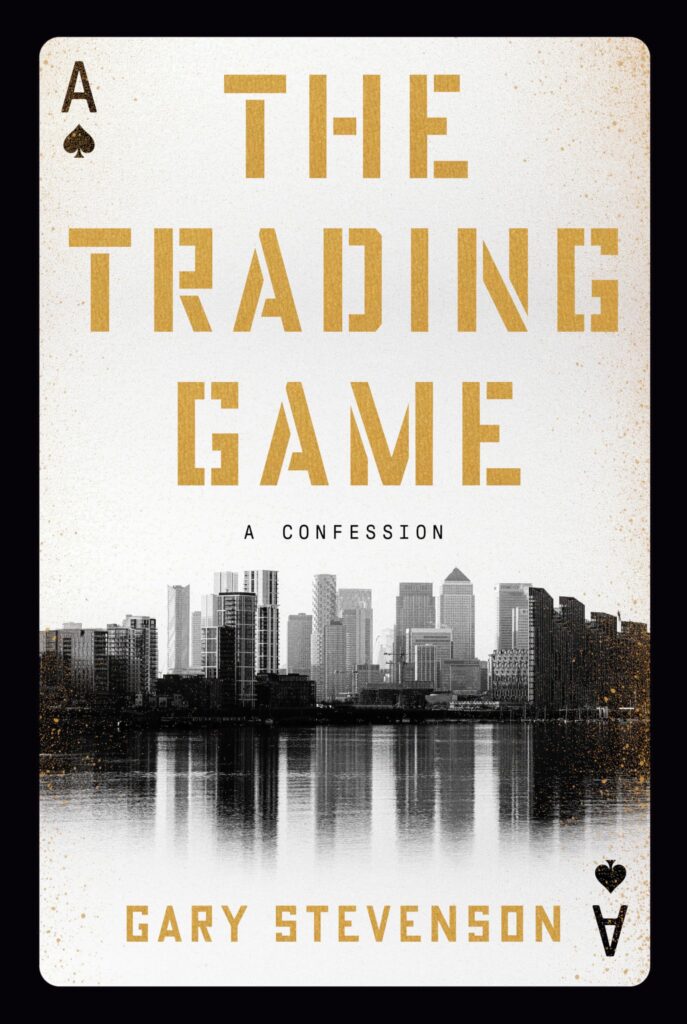From the book’s preface:
In the first fraction of a millisecond after this thermonuclear bomb strikes the Pentagon outside Washington, D.C., there is light. Soft X-ray light with a very short wavelength. The light superheats the surrounding air to millions of degrees, creating a massive fireball that expands at millions of miles per hour. Within a few seconds, this fireball increases to a diameter of a little more than a mile (5,700 feet across), its light and heat so intense that concrete surfaces explode, metal objects melt or evaporate, stone shatters, humans instantaneously convert into combusting carbon.
The five-story, five-sided structure of the Pentagon and everything inside its 6.5 million square feet of office space explodes into superheated dust from the initial flash of light and heat, all the walls shattering with the near-simultaneous arrival of the shock wave, all 27,000 employees perishing instantly.
What would happen if someone launched a nuclear warhead at the Penatgon? In this book, Jacobsen uses that as a jumping-off point to explore the history, science, technology, and modern policy and protocol of nuclear deterrence. It’s terrifying.
The author did extensive research, dozens of interviews and includes plenty of visual aids and the result feels thorough and real. She breaks down how decision-making must happen in the wake of a rocket launch, almost second-by-second. Most of the first half dramatizes how various defense systems react to the launch, how the hands of various government and military figures are forced to make decisions with incomplete information, and how irreversible the decisions are, once made. All before the missile actually strikes.
One thing that surprised me is that once launched, often these missiles can’t be called off. For example, Trident missiles fired from nuclear submarines use the stars for navigation due to (a) the uncertainty of a submerged submarine’s exact location at any given time, and (b) the need to operate without any communication or external guidance, which could be interfered with or hacked (or nuked, I suppose). The book is full of trivia like this.
Jacobsen’s decision to approach this as creative non-fiction makes the book approachable and readable, and while some readers might prefer the depth of a book like This Is How They Tell Me the World Ends or Midnight in Chernobyl, this is built to appeal to a much broader audience. I handed it to my teenager when I finished it, who has shown interest in learning about nuclear war. It’s the literary version of The Day After – designed to spark a conversation. If my dad were still alive this would be a no-brainer Father’s Day gift.
This review in The Guardian is worth reading, and confirms the connection to The Day After. Apparently Jacobsen was a teenager when it aired and remembers the cultural conversation around it, and how much it has faded since:
“For decades, people were under the assumption that the nuclear threat ended when the Berlin Wall went down,” Jacobsen said, before suggesting another reason the existential threat of nuclear weapons has been filtered out of mainstream discourse – it has been turned into a technical debate.
“Nuclear weapons and the whole nomenclature around them have been so rarefied it’s been reserved as a subject for those in the know,” she said.
In her book, Jacobsen seeks to break through jargon and details in order to tell a terrifying story in a devastatingly straightforward way. The spoiler alert is that it doesn’t end well.
Surprisingly, some critical reviews of this book take issue with Jacobsen’s not proposing an alternative or solution to our nuclear deterrence trap. I don’t know that there’s much to be done about the world’s nuclear arms proliferation without a time machine. The function of books like this is to help people understand how delicate our current situation is, not to propose policy solutions for a global annihilation potential, and this does it extremely well.
If you like this, I’d recommend The Deluge by Stephen Markley. It’s fiction, but it pushes the same anxiety buttons.

